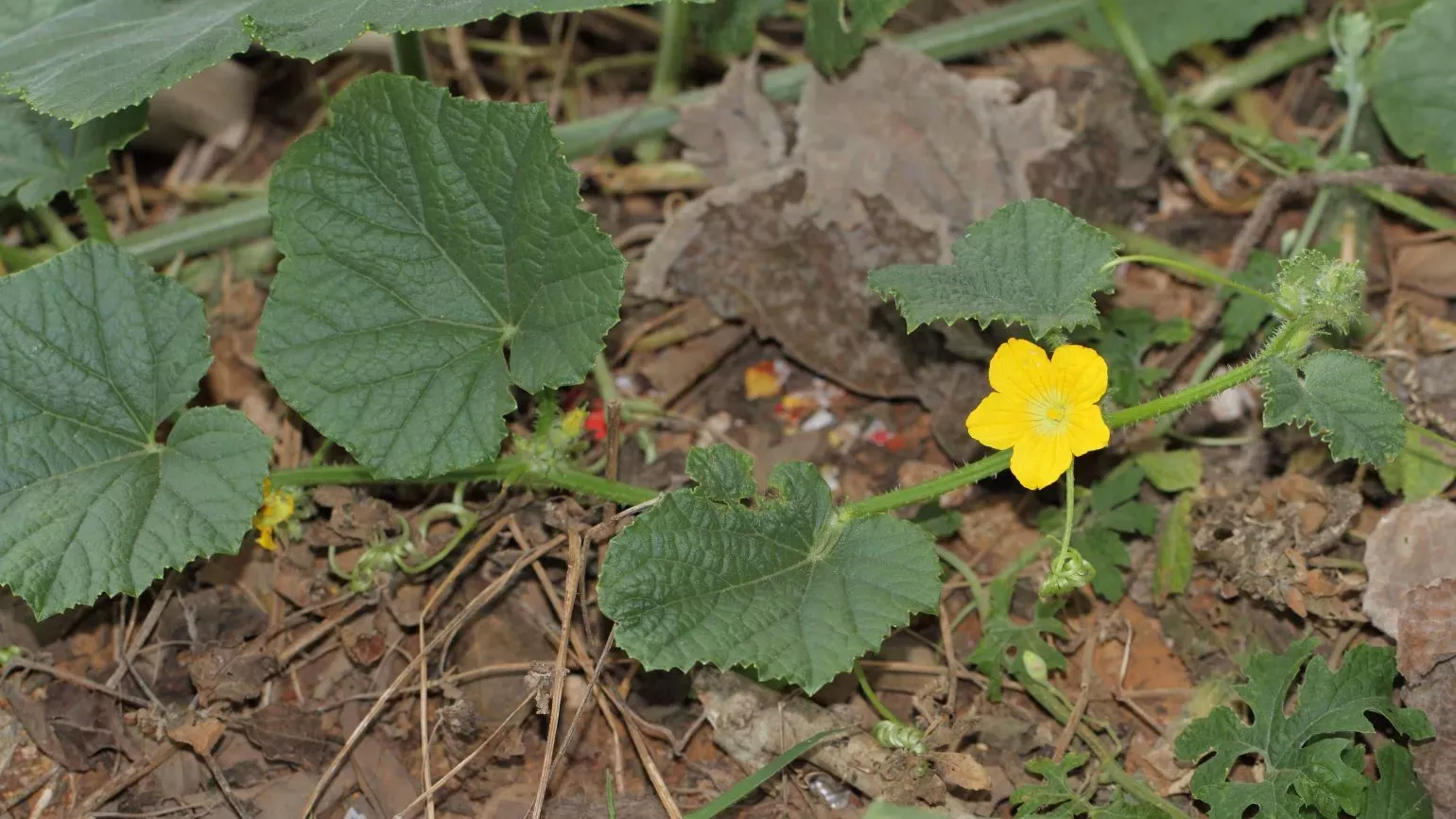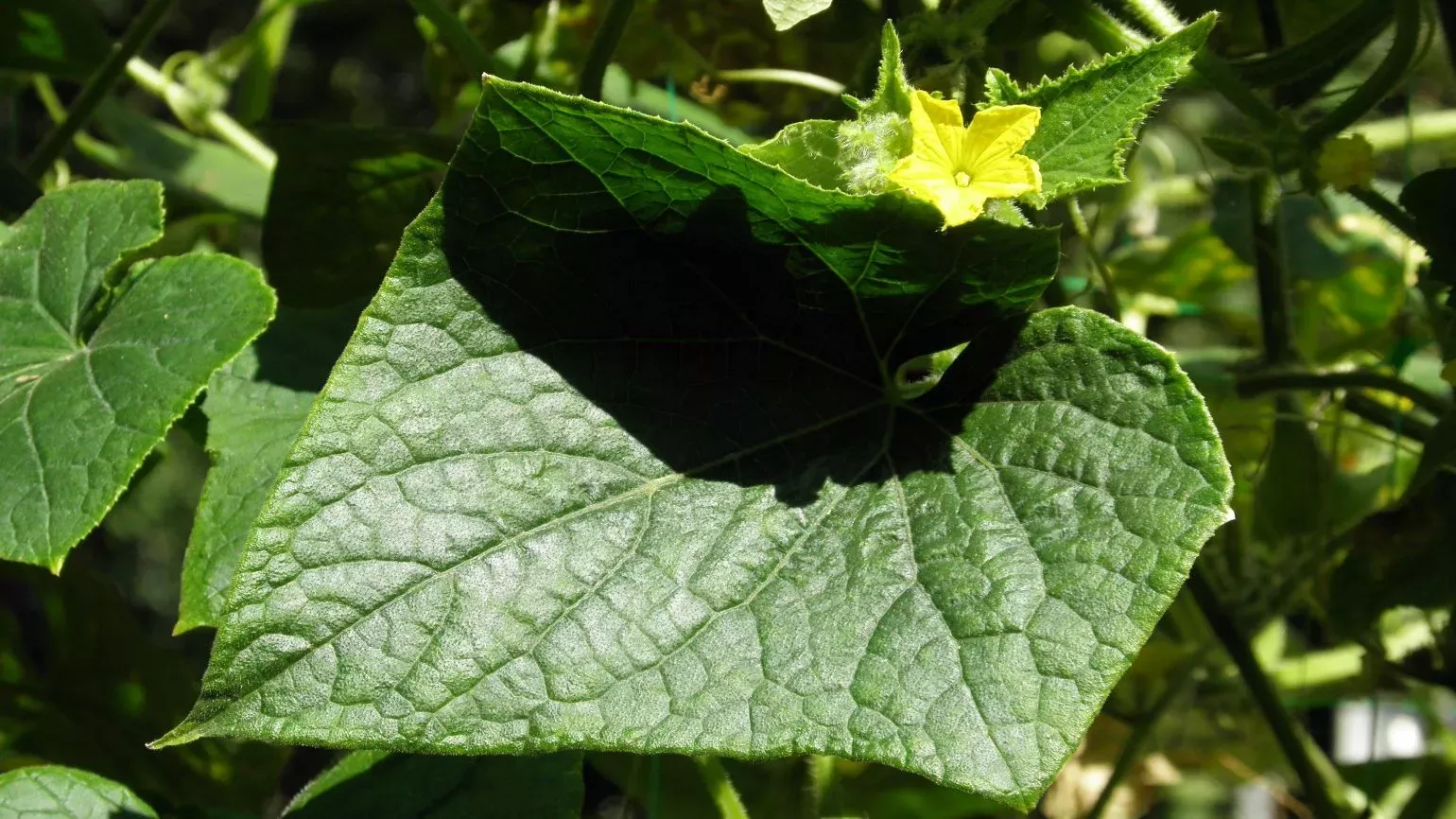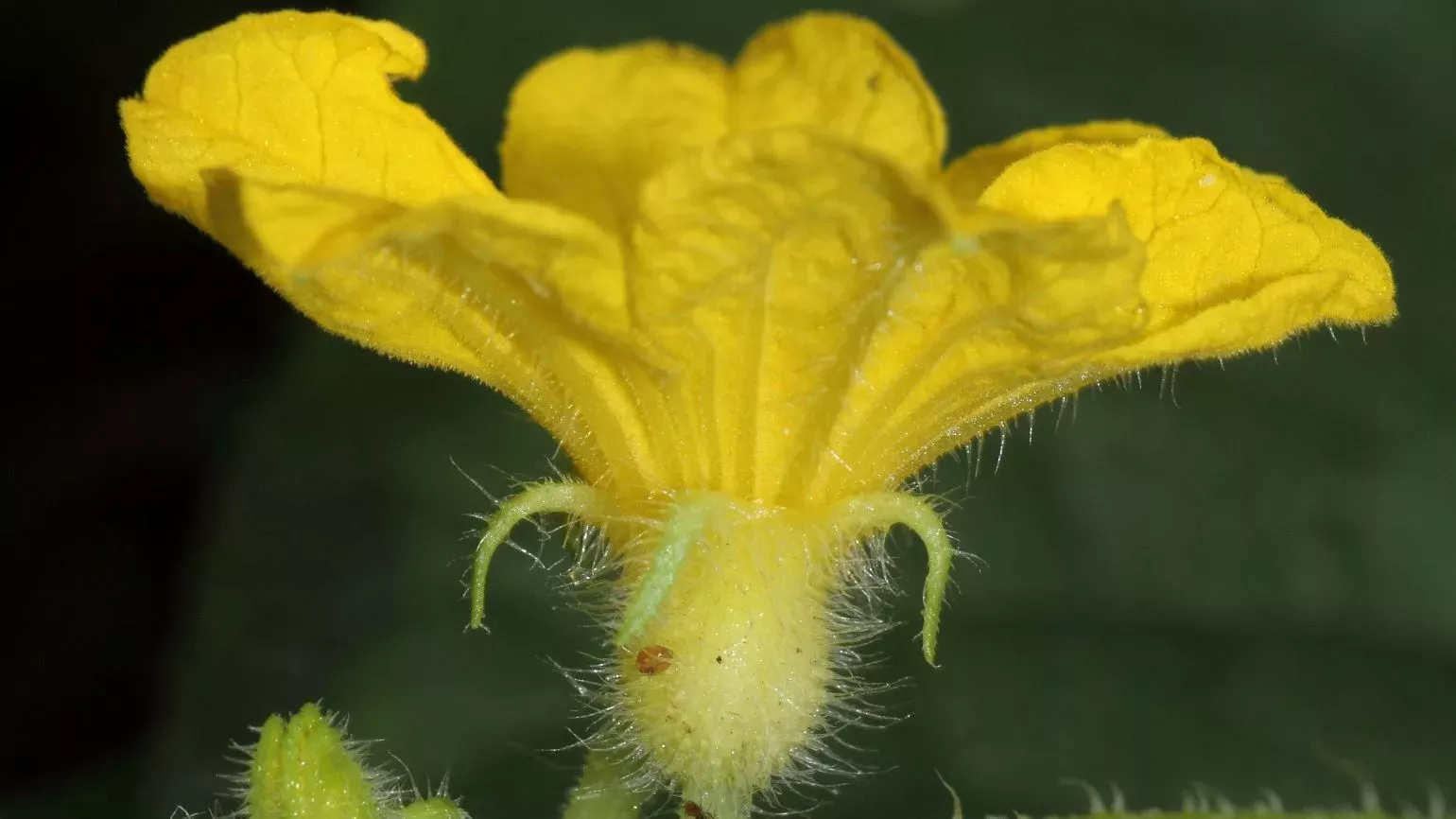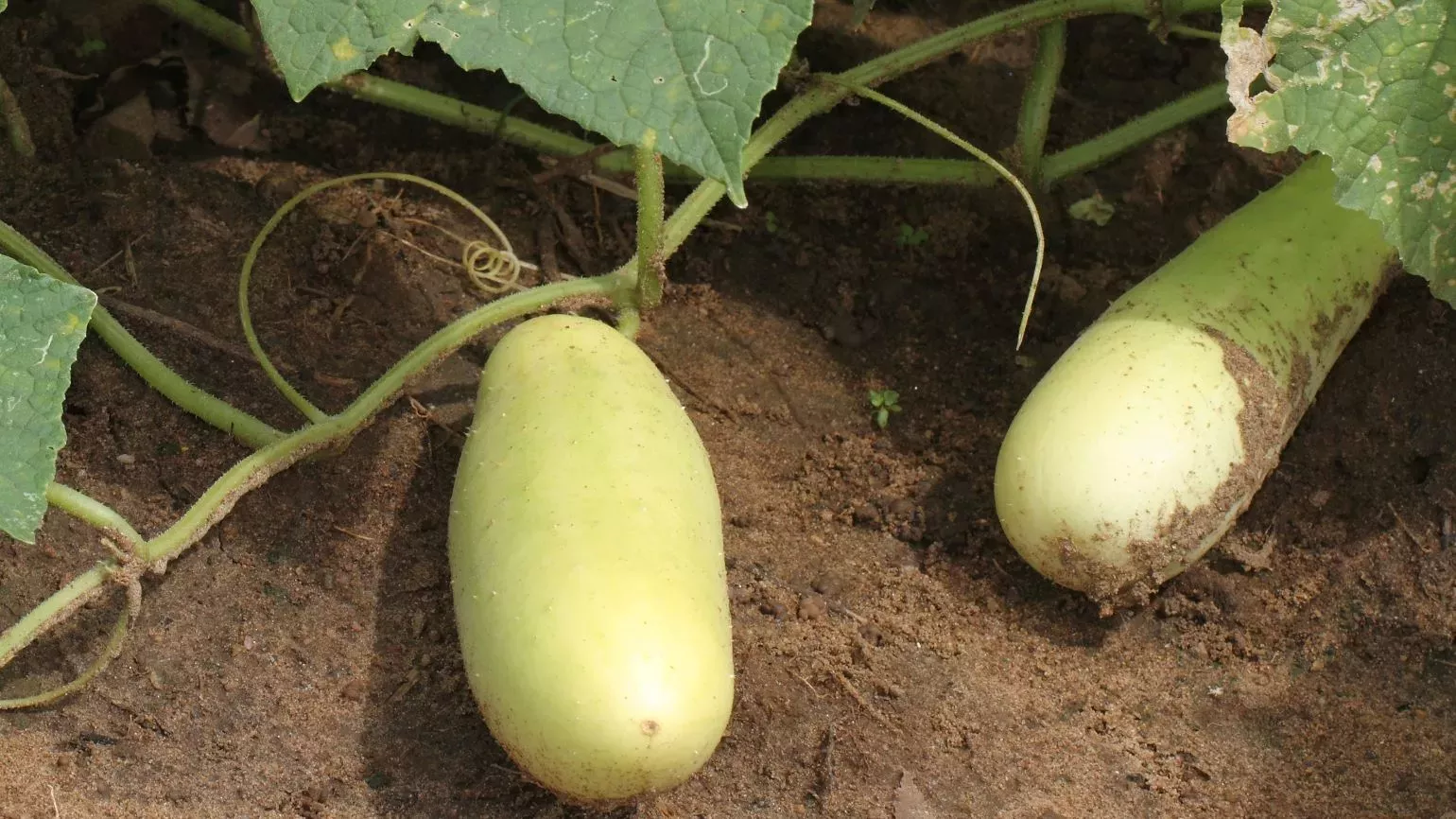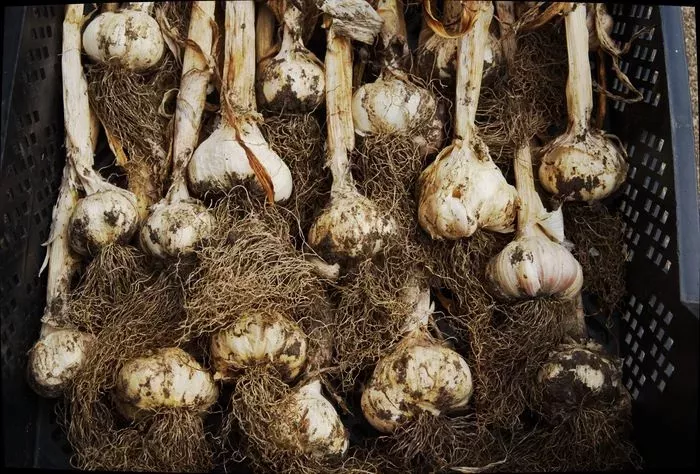
Garlic
On this page
Garlic has been cultivated around the world for thousands of years and is found in almost every cuisine on the planet.
Its aromatic bulbs are renowned for their distinctive flavour and medicinal properties.
Garlic bulbs were found in the tomb of ancient Egyptian pharaoh Tutankhamen.
Plant description
A herb growing from a strongly aromatic, rounded bulb composed of around 10 to 20 cloves covered in a papery coat. The long, sword-shaped leaves are attached to an underground stem and the greenish-white or pinkish flowers grow in dense, spherical clusters atop a flower stalk.
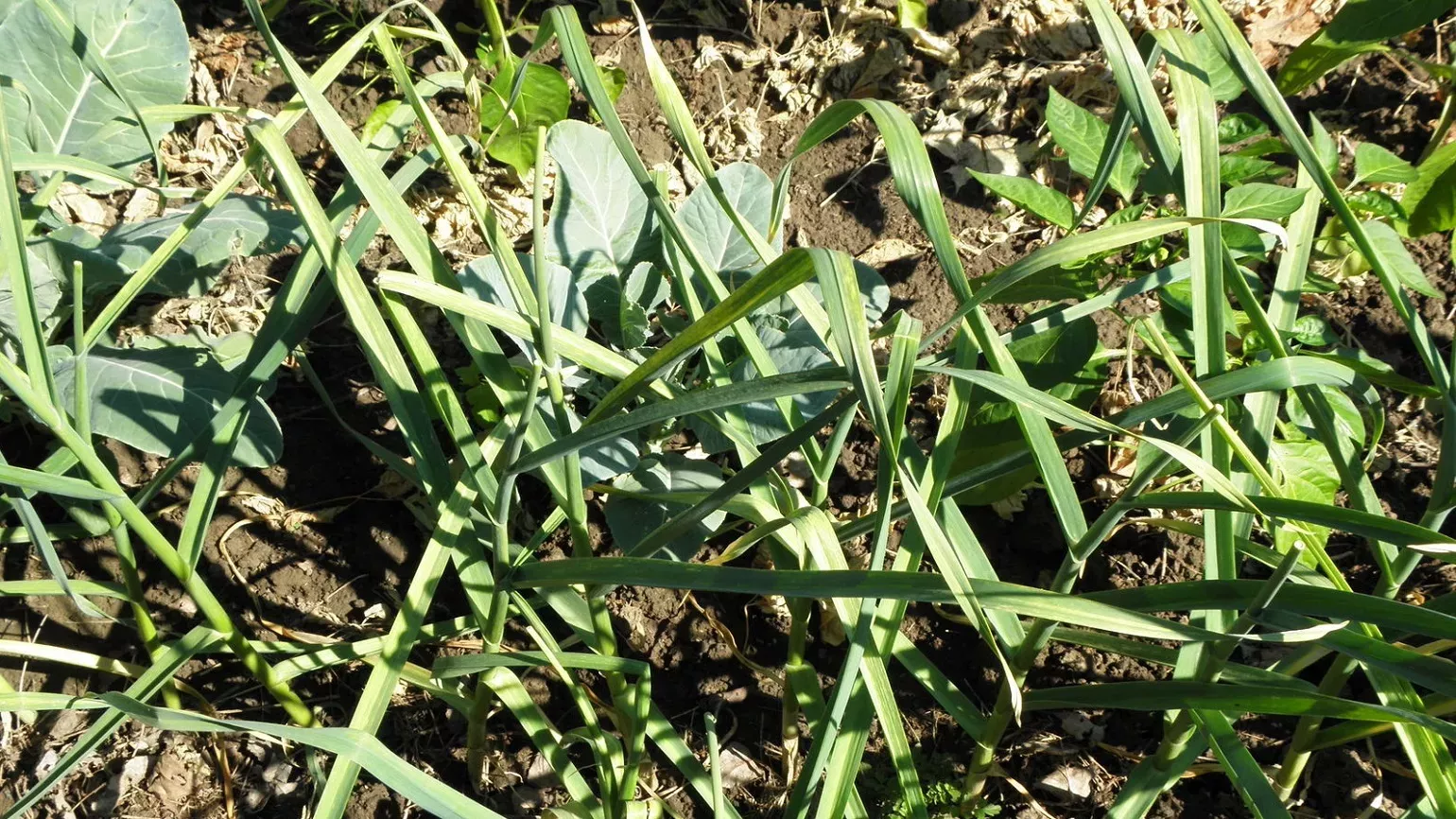

Plant uses
Cultural
According to Central European folklore, garlic was believed to ward off evil, including demons, werewolves, and vampires.
Garlic plays a symbolic role in Nowruz, Persian New Year. Nowruz is a celebration of the arrival of spring and marks the first day of the Iranian calendar. One tradition performed on this day involves decorating a Haft-sin table with seven items beginning with the letter ‘s’ in Farsi, each representing a hope for the new year. Garlic (seer, in Farsi) is one of them, to represent medicine and good health.
Food and drink
Every part of the garlic plant is edible. It is widely used around the world as a seasoning.
The strongly aromatic bulb is the most popular part of the plant. It is used either fresh or as a dry powder or oil. Crushing or grinding the fresh garlic cloves intensifies their flavour and aroma.
Garlic flower stalks (scapes) and leaves are also sometimes used in cooking, and immature, green garlic bulbs can be found in some Southeast Asian and Chinese dishes.
Health
Garlic has been used since ancient times for its medicinal properties. Its bulbs are found in many traditional medicines.
In India, a juice or paste prepared from garlic bulbs has traditionally been used to relieve coughs, fevers, and earaches, as well as improve skin conditions. In Ayurvedic and Siddha medicine, garlic juice has been used to alleviate sinus problems.
Extracts from dried garlic bulbs have been used in Unani medicine to regulate menstruation and treat digestive problems and fevers.
Hot water extracts from garlic bulbs mixed with honey were a folk remedy for whooping cough and intestinal worms.
In Pakistan, a garlic extract is traditionally taken orally to settle the stomach, treat coughs and reduce fever. In Nepal, East Asia and the Middle East, it has been used to treat fevers, digestive and lung problems, and high blood pressure, among other illnesses.
Some studies have shown that sulphur-containing compounds in garlic, like allicin, may have anti-bacterial, anti-fungal, anti-viral, and antioxidant properties. They may also provide pain relief, support immune function, and help lower blood glucose and blood pressure.
Other research shows that garlic may help lower cholesterol, prevent blood clots, and alleviate swellings, sores, and acne, but more data from clinical trails is needed to support these claims.
Did you know?
Garlic was first cultivated for food thousands of years ago.
Garlic is mentioned in several ancient Egyptian, Greek, Indian, and Chinese texts, as well as the Bible and Qur’an.
Garlic is the second most consumed bulb after onion.
There are two main types, or subspecies, of garlic: Hard-necked garlic (Allium sativum var. ophioscorodon) and soft-necked garlic (Allium sativum var. sativum).
Garlic is sometimes used in gardening to deter pests. It is either grown alongside other plants to protect them or garlic extracts are added to pellets and spray-on deterrents.
Garlic is related to other familiar favourites like onions, leeks, and chives.
Where in the world?

Rocky valleys, riverbeds, stream beds, and ravines in temperate and tropical regions all over the world.
Find it in our gardens
Kew Gardens
A botanic garden in southwest London with the world’s most diverse living plant collection.
Location
Kitchen Garden – garlic bulbs are on display in August.
View map of Kew GardensOur work
The authors of our State of the World’s Plants and Fungi 2020 report found that 1,942 plants and 1,886 fungi were named as new to science in 2019.
These species could be important for the future, potentially providing new foods, drinks, medicines, or materials.
Among the new scientific discoveries were six new species of Allium, the genus to which garlic and other food crops belong. These species were encountered for the first time by scientists in Turkey.

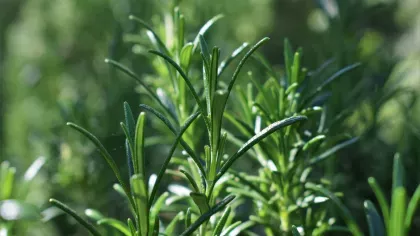 Salvia rosmarinus
Salvia rosmarinus
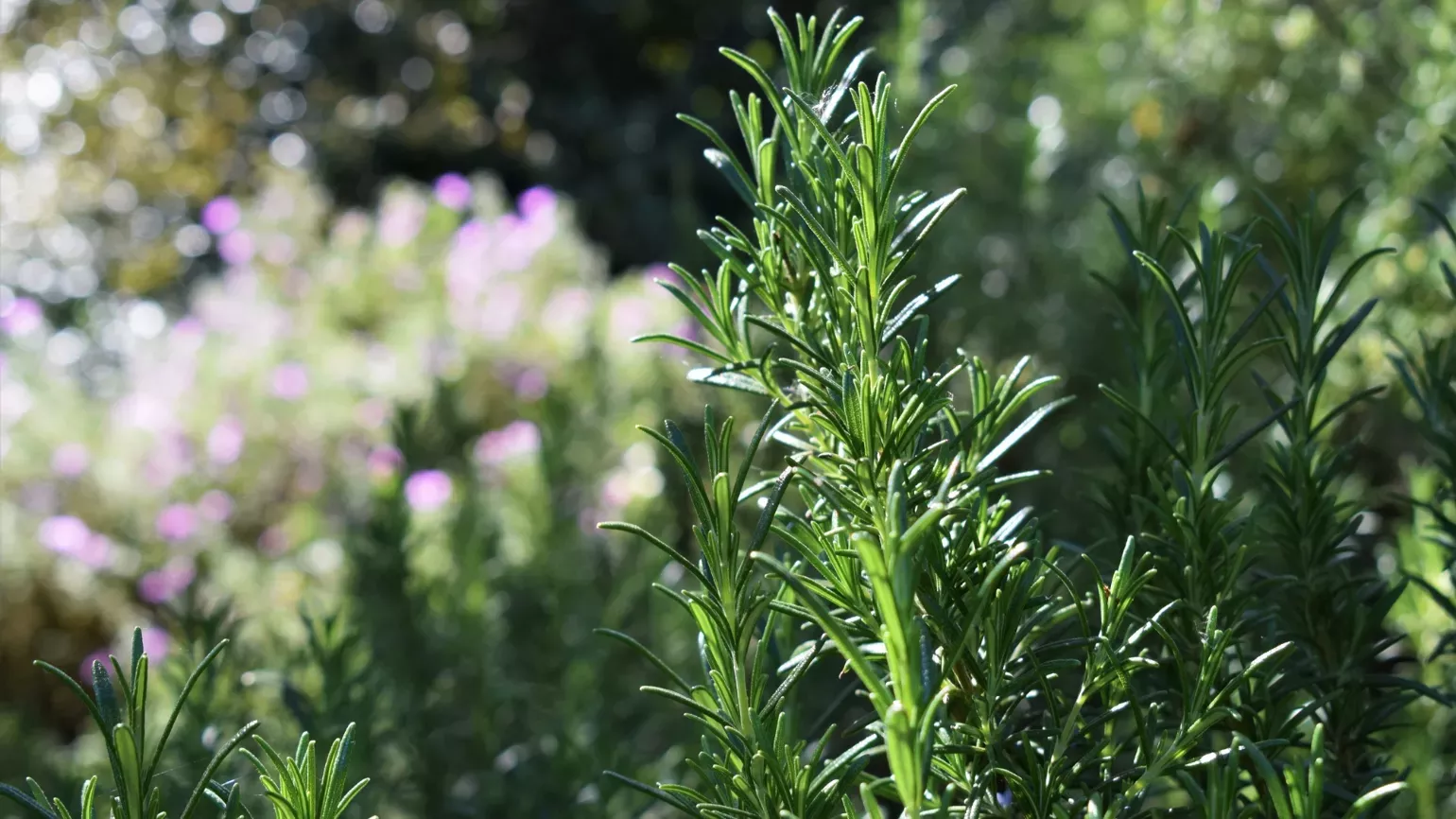
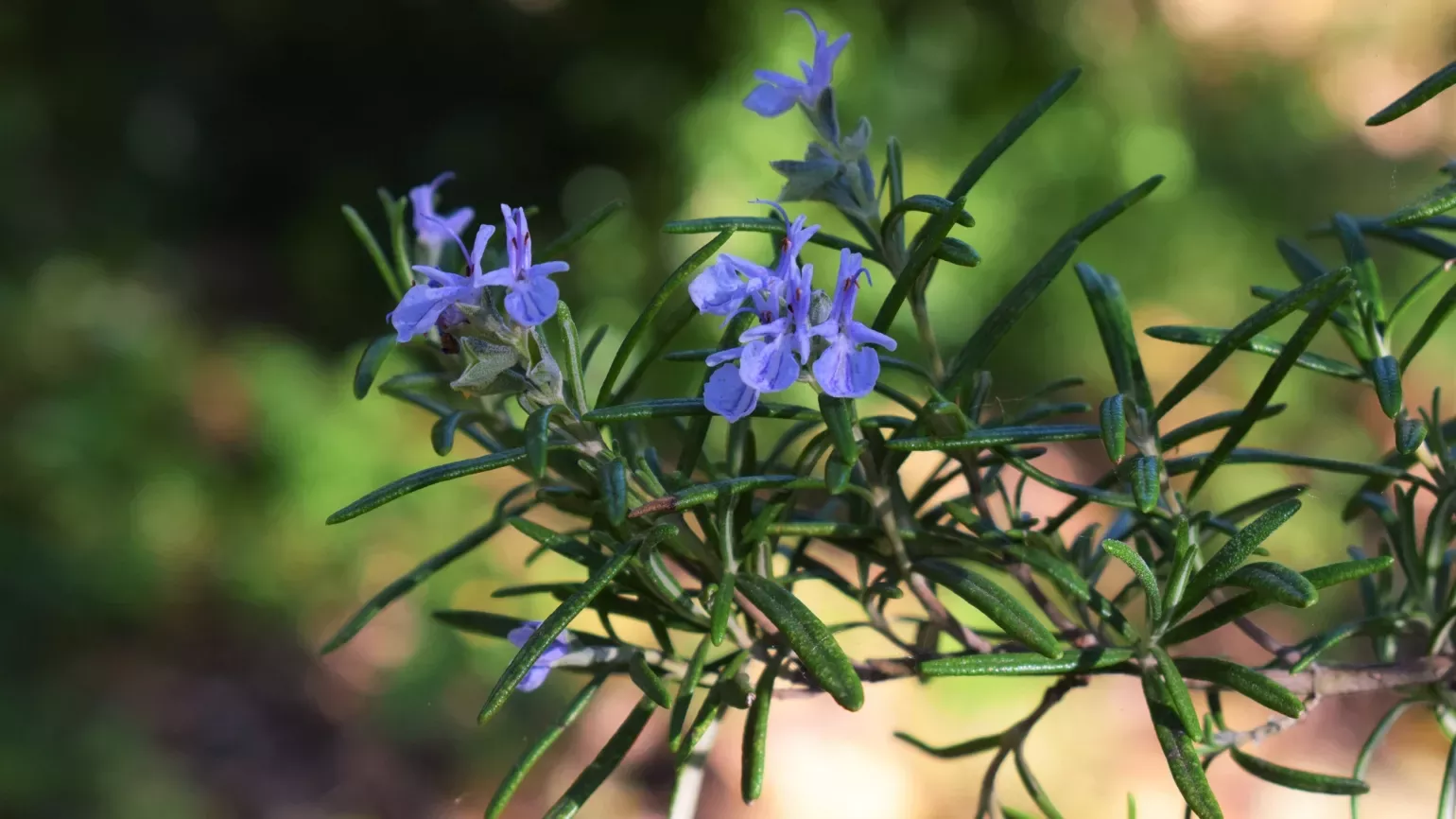
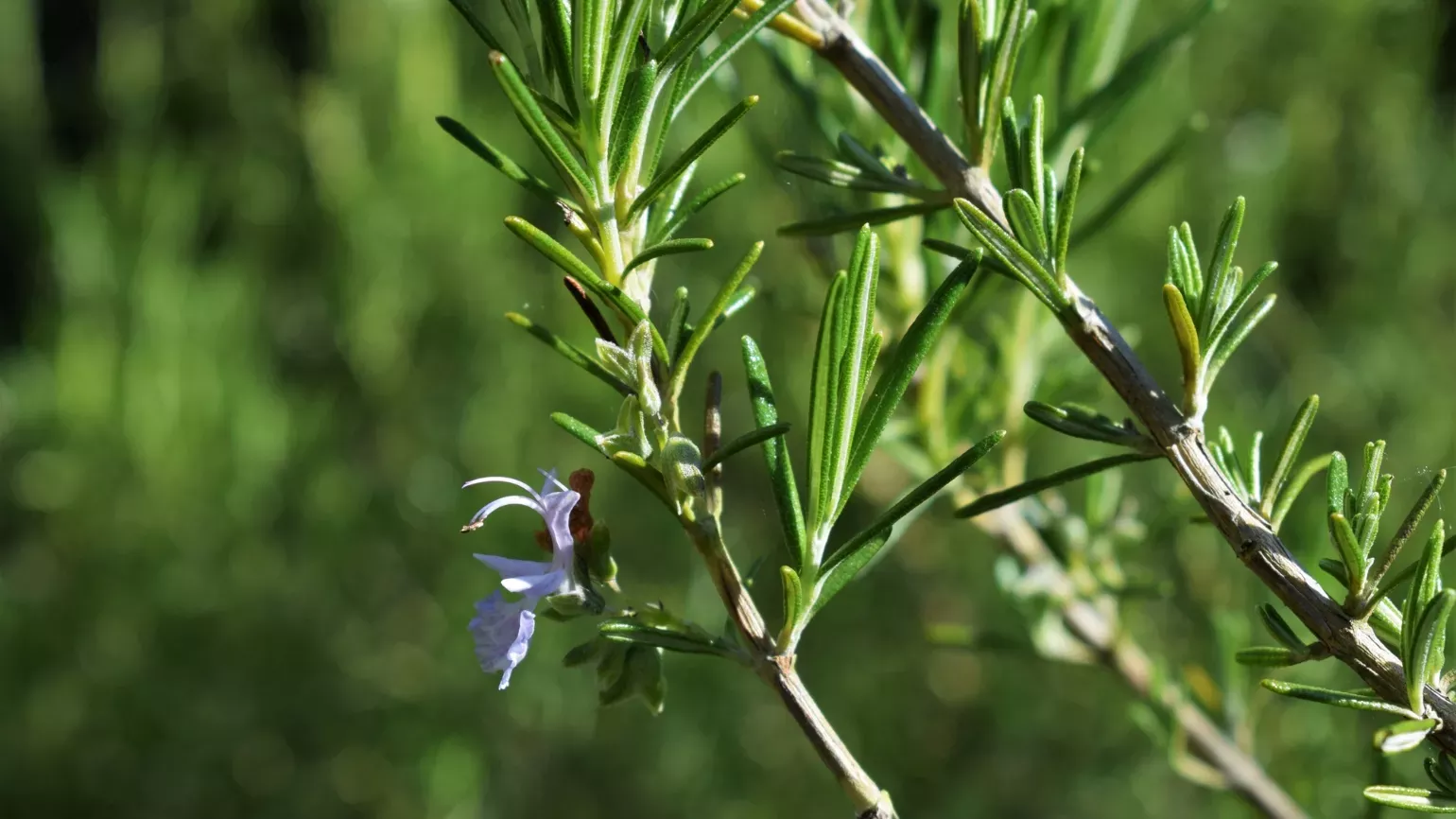
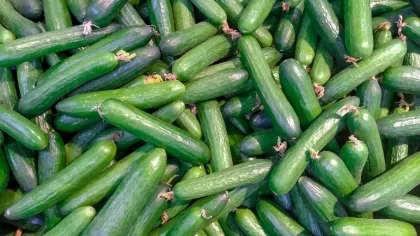 Cucumis sativus
Cucumis sativus
